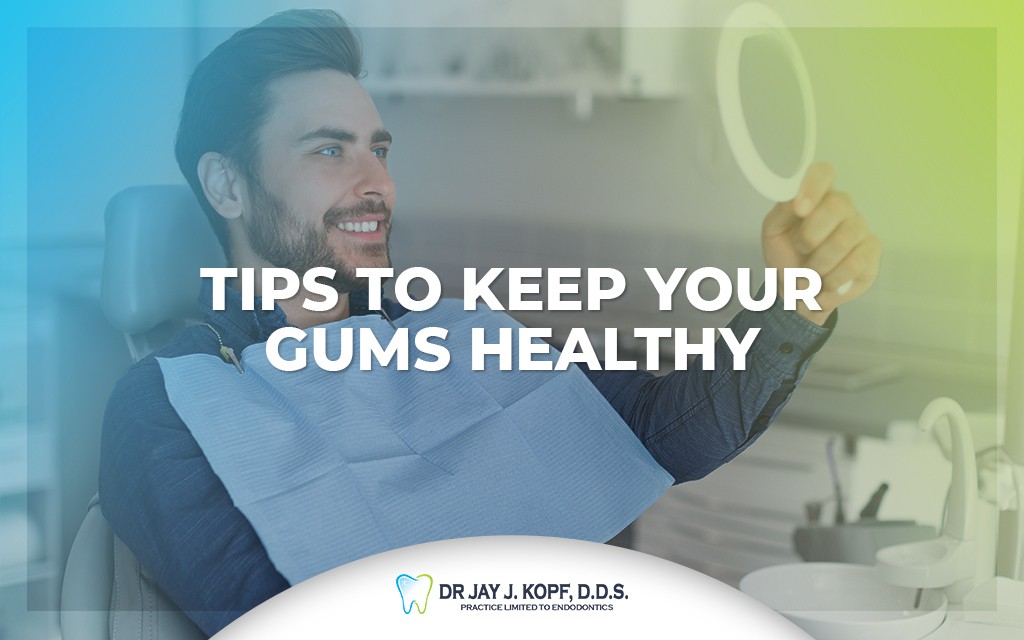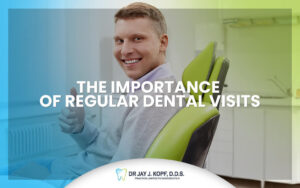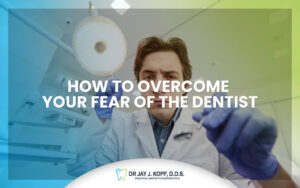When it comes to the health of your teeth, it’s not all about having a dazzling snow-white smile. You can’t forget your gums! Even if you have such beautiful teeth and a smile, and if you do not have cavity at all, you can get gum infection so you must be careful. Because it is usually painless, most people have no idea that something is wrong with their gums. But a serious illness can begin that can destroy your teeth and your smile. So, in addition to your teeth, you need to take care of the health of your gums.
What is gum disease?
Gum disease begins when plaque builds up below and along the gum line. Plaque is a sticky substance similar to a film filled with bacteria. It can cause infections that injure the gums and bone, leading to gum disease and tooth decay. Plaque can also cause gingivitis, the earliest stage of gum disease. Gingivitis causes your gums to become:
- inflamed
- red
- swollen
- prone to bleeding
Since the bone and tissue that hold the teeth in place are not affected, this damage is reversible. You can also develop periodontitis, an advanced form of gum disease. Periodontitis affects the bones that hold your teeth in place. If left untreated, it can destroy the gums, bones and tissues associated with your teeth. The last stage of gum disease is advanced periodontitis. This is when the fibers and bone that supports your teeth are destroyed. In the following lines, we will briefly explain what gingivitis is and what periodontitis is, and how to take care of your gums.
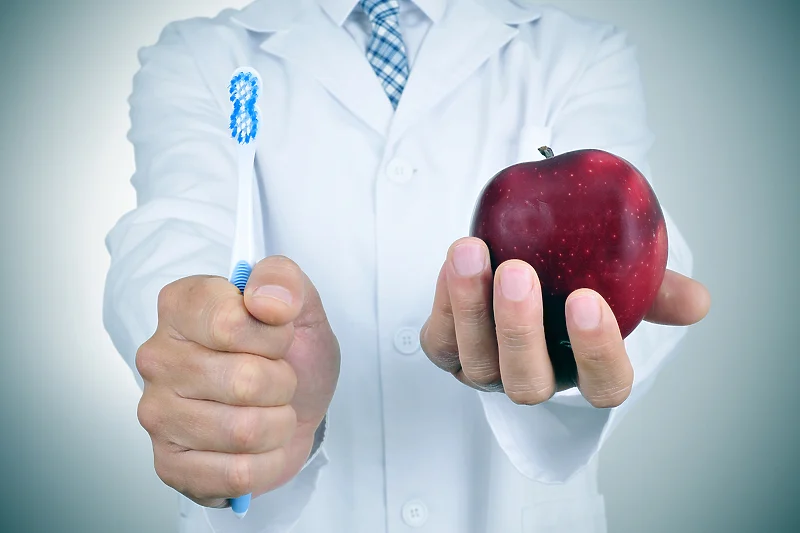
What is gingivitis?
Gingivitis is a gum disease that usually occurs in the early stages after bacteria infect your gums from plaque. How do you know you have gingivitis?
- Inflamed gums.
- Swollen and sensitive gums.
- Bleeding in the gums.
What is periodontitis?
Periodontitis is an advanced and last stage of gum disease that affects the bones that hold your teeth. If left untreated, periodontitis destroys your gums, bones, fibers and tissues. At this last stage, your teeth cannot bite properly and need to be removed.
Brush your teeth properly
Proper brushing of the teeth is crucial for a healthy mouth and gums.
Brush your teeth at least twice a day using a soft bristle toothbrush and fluoride toothpaste.
Replace the toothbrush every 3 to 4 months, or sooner if the bristles of the toothbrush wear out quickly.
Brush your teeth at a 45 degree angle. Move the toothbrush in short strokes. Press lightly and never be too rough on your teeth and gums.
Flossing
Use dental floss at least once a day. This helps remove plaque and food that is out of the reach of your toothbrush. It doesn’t matter what time of day or night you opt for a dental brace, but it is very important that you do it at least once a day, every day.
Professional tooth cleaning
Your dentist can detect early symptoms of gum disease if you frequent check-ups. In this way, the symptoms can be treated before they become more serious. Professional cleaning is the only way to remove limescale.
Choose the right toothpaste
When choosing a toothpaste, you need to make sure it contains fluoride and has an ADA seal of approval on the packaging.

Watch what you eat
The food you eat can lead to tooth decay when combined with bacteria in your mouth. To protect your teeth:
Eat plenty of calcium-rich foods such as milk, yogurt and cheese. Calcium maintains the bone in which the tooth roots are embedded. This is especially important for the elderly and for children. Don’t eat sticky sweets, such as soft candies, toffees, taffies and pastries. If you eat sweets, then rinse your mouth with water. Or brush your teeth if you have the chance. If you chew gum, chew sugar-free brands.
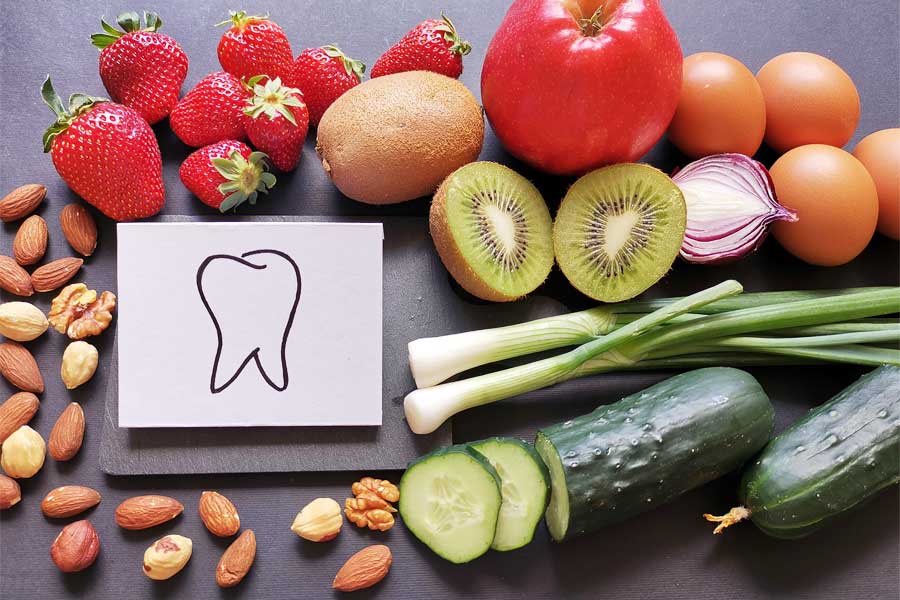
Visit to the dentist
Regular check-ups at your dentist will help you solve problems if you have them and will also help you with tips on how to react preventively to prevent any dental and gum disease.

